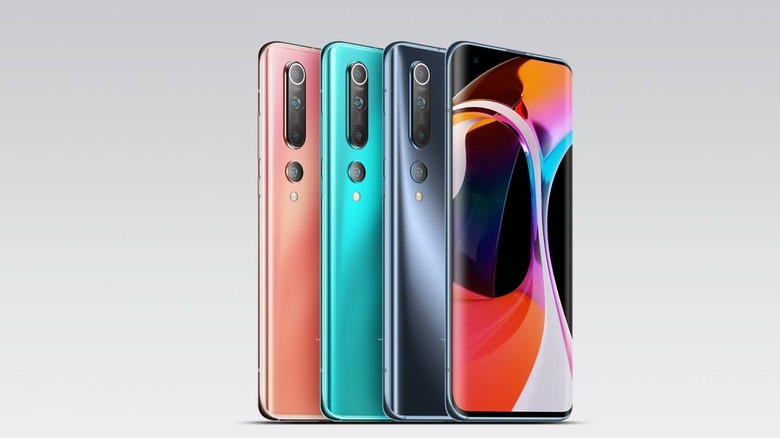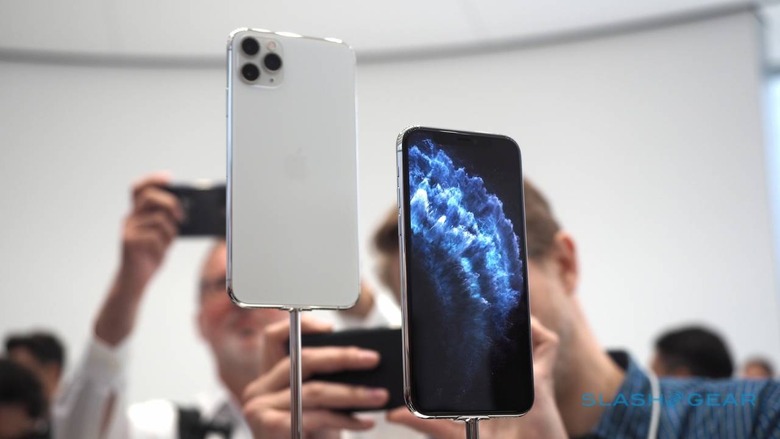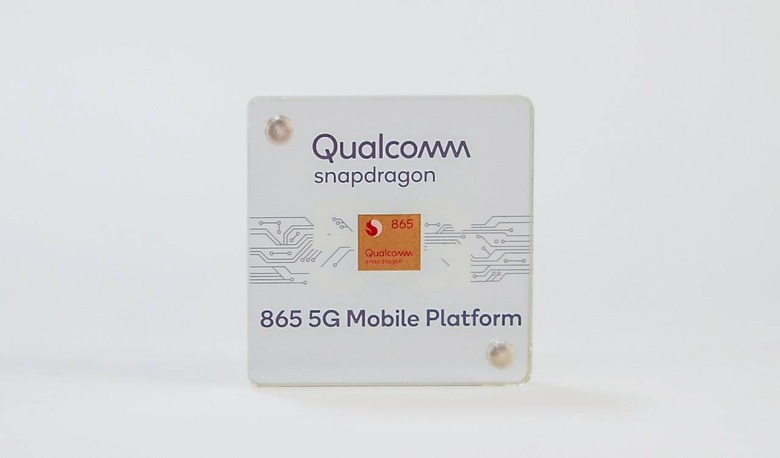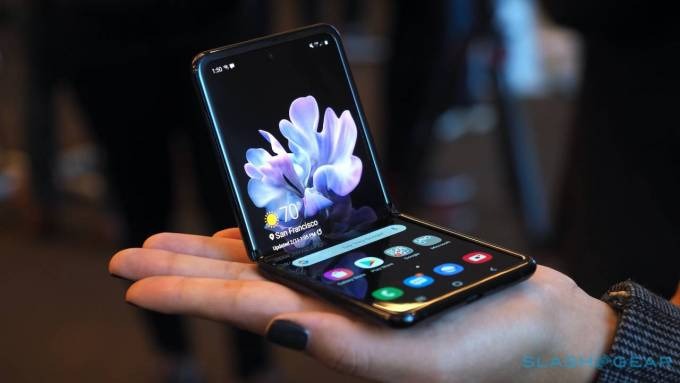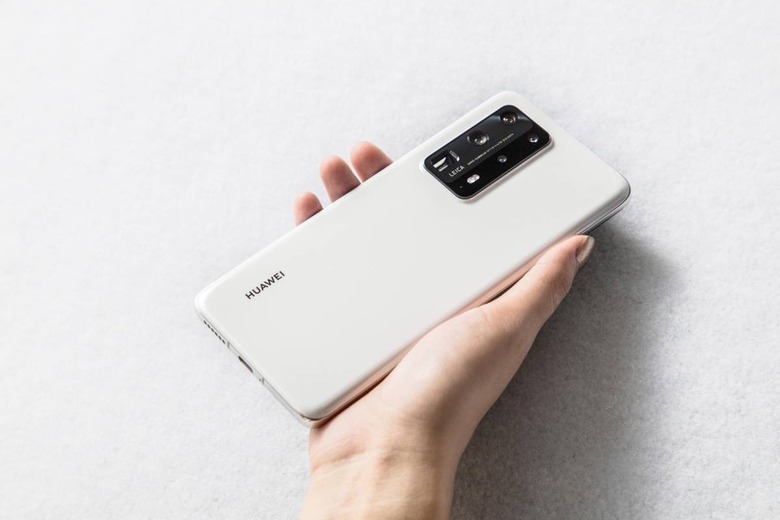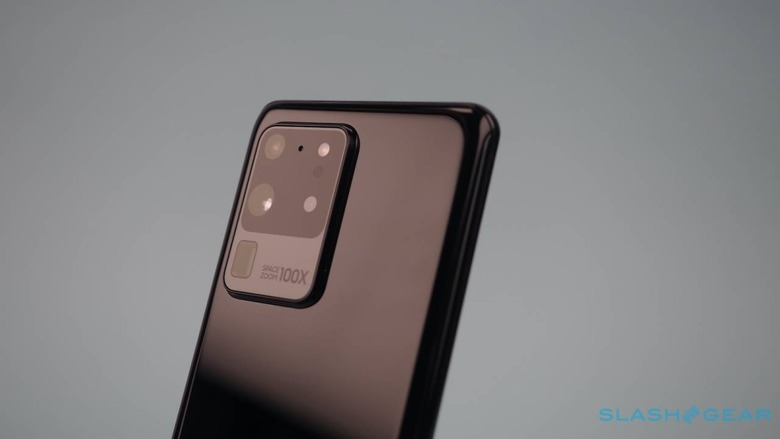Why Compulsive Spending On New Flagships Is Ill-Advised
When you think of smartphones, the first thing that comes to mind is the latest flagship model. Yes, this term is all over the internet for quite some time now, and perhaps a reason for the OEMs to make huge profits from a niche market segment. To put it straight, a flagship is a device with no compromises and in most cases, the best that a brand has to offer to its premium buyers.
The hype created around flagship phones is a psychological marketing technique that's not a common practice in the smartphone market but a tested method to create demand for any product. The leaks that arrive before a phone is revealed or those new technology features which are the focal point of a new offering, all of it is to generate curiosity and demand. Even though the end-user might only use the feature occasionally in daily usage, paying a premium price for the smartphone having that elusive addition seems so irresistible.
High Mid-range options – The flagship killers
OnePlus brought the trend of mid-range phones offering the same specifications as some of the high end phones from the like of Samsung or Apple. The vast divide in the price range meant that people opted for the budget option, anyone wise would. These flagships costing at around $1,000 created a gap for the $500 flagship killer to penetrate and it worked well for such brands.
Rather than spending that much amount of money on a premium device from a brand that obviously mints huge profits from doing so, buying a reliable mid-range phone with comparable features is always advised. The term flagship killer has gained much momentum these days and OnePlus has made the gradual shift from being one to an actual flagship device with the latest 8 series. That gap is now being filled by other brands like Realme, OPPO, Xiaomi and even the iQOO.
Unjustified price
Another reason to not buy a flagship phone as soon as it is released is the premium price. This is the time when OEMs mint money from consumers in the name of an exclusive offering. Waiting a few months after the release to buy a flagship is a way better deal since you'll get discounts on the same device.
The latest flagships are marketed in such a way that they promise stellar performance as compared to the other options. Surely they do have a slight improvement in the performance and also the camera tech, but not that much to hype about. Their predecessors come with equally good performance in daily running and cameras are also comparable.
Technology redundancy
What might be a premium device today will become the ordinary in few months' time as new flagship models are released. This cycle continues and the user ends up with unrelenting urge of buying a new device every other year. For example, Snapdragon 855+ processor in the flagship devices last year is now giving way to Snapdragon 865 SoC in flagships these days. Six months down the line, and you'll have the Snapdragon 865+ processor making way. This is an infinite quest and users need to decide wisely on their purchase decisions.
The scope for improvement in phone technology is also constricting with each passing year. In a way, the gadget is hitting a saturation point where the innovations are there but not that significant and are gradual. The only scope left for a huge leap in technological innovation is the battery tech which is determinant in the ultimate form factor and usage of the phones. Also, the foldable display technology has some gaps left that need to be filled.
Other than these two major features, there's no reason for making frequent phone changes based purely on other things like design, storage, RAM or even processing power. Who knows, a decade down the line we may see a completely new gadget that grips the world. What kind of phone you have at that time won't matter much, presumably.
The influencer influence
These are times where tons of information is available on the internet when you look up for a smartphone. Influencers play a big role in pushing the flagships for impulsive buying from the end-users. It is a win-win situation for the company selling the phones and the influencers too. In the end, a compulsive buyer is pushed into buying a product that they really don't need at that time.
A good example of this would be a user who has bought a high-end phone, in let's say 2019. Now by the end of 2020, there will be a newer flagship with latest processor, design, charging tech and cameras. This compulsive user will be lured into thinking that they need to buy this newer device for its superior performance and the features, when in reality the existing device is perfectly fine to cater to the needs.
When to consider buying a flagship
Going for a flagship is a decision that should purely be based on what you want to derive out of the device. If you are deeply into photography, want the latest software updates, watch a lot of multimedia content or like playing multiplayer graphic-intensive games – a flagship is worth the money spent. Flagship devices come with the latest processors and ROMs which mean a smooth experience while gaming or doing graphic-intensive tasks.
The same holds true for the convenience of camera photography. Premium devices have the best in class camera modules which please users who do a lot of photography or videography on the go for their social media profiles. People who produce a lot of multimedia content using their phones should also consider buying flagship devices.
Other than this, people who have been using a 3-4 year old device, wanting to make the shift can opt for a flagship. Since, the flagships gets the software updates and security patches frequently, users considering a device for long term usage can opt for a flagship phone depending on the budget they have.
When a flagship is a strict No-No
Going for the latest and greatest is a bad decision if you only use your phone for calling, light gaming, listening to music and the occasional Netflix session. All of the flagships do not have major technology bump-ups from their predecessors in terms of design, display, stereo sound or even the operating system. An upper mid-range phone or for that matter the flagship device of last year is a wise buy in that case.
You can get more or less the same specifications which will be sufficient for a smooth user experience. Even the design, cameras and processors on mid-range phones these days are comparable to the flagship devices as a daily driver. Moreover, the devices from a similar brand offering flagships and mid-rangers get the same regular software updates. This means, nearly the same UI and the end-user experience.
As a matter of fact, a smartphone is not something that's a rarity in current times. The amount of competition and the rate at which the technology trickles down the hierarchy of smartphone models, you as a buyer can get maximum value of the decision is made right.

